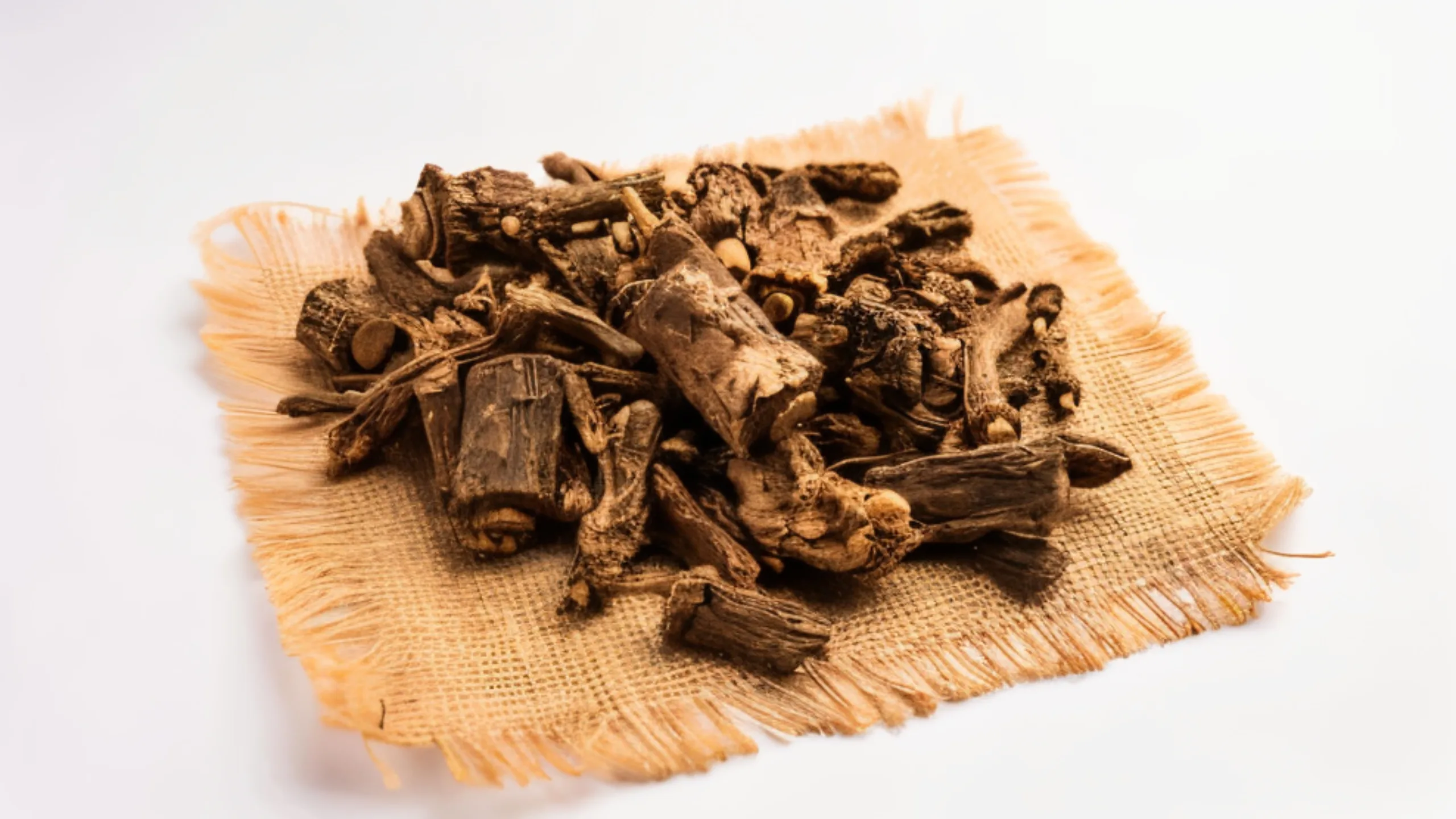
Lodhra (Symplocos racemosa) is an evergreen tree native to India, commonly found in the northeastern parts of the country. It holds significant importance in traditional Ayurvedic medicine Ayurvedic medicine due to its wide-ranging therapeutic applications.
Scientific Classification
- Kingdom: Plantae
- Family: Symplocaceae
- Genus: Symplocos
- Species: S. racemosa
Common Names
- Sanskrit: Lodhra
- Hindi: Lodh
- Bengali: Lodhra
- Tamil: Vellilothram
- Telugu: Lodhuga
- Malayalam: Pachotti
- Marathi: Lodhra
- Kannada: Lodhra
- Assamese: Lodhra
- Gujarati: Lodhra
Botanical Description
Lodhra is a small to medium-sized evergreen tree with smooth, grayish-brown bark. It usually reaches a height of 6 meters. The leaves are simple, elliptic, and lance-shaped with a smooth texture. The tree produces fragrant white flowers in clusters.
Medicinal Uses
Menstrual Disorders:Lodhra is traditionally used to manage menstrual irregularities, including menorrhagia (heavy menstrual bleeding), amenorrhea (absence of menstruation), and dysmenorrhea (painful menstruation). Its astringent and anti-inflammatory properties help regulate menstrual flow and alleviate associated discomfort.
Leucorrhea: The herb is effective in treating leucorrhea (abnormal white vaginal discharge) due to its antimicrobial and astringent effects, which help reduce excessive discharge and combat infections.
Uterine Fibroids:Lodhra has been utilized in managing uterine fibroids, benign tumors of the uterus. Its astringent nature aids in reducing excessive menstrual bleeding associated with fibroids.
Polycystic Ovary Syndrome (PCOS): Studies suggest that Lodhra can help balance hormones, thereby assisting in the management of PCOS. It supports normal estrogen, progesterone, and follicle-stimulating hormone (FSH) levels while reducing androgens that can disrupt female reproductive function.
Key Chemical Constituents
Lodhra contains several active chemical compounds that contribute to its medicinal properties:
- Triterpenes: Betulinic acid, oleanolic acid, acetyloleanolic acid.
- Flavonoids: Quercetin and other flavonoid glycosides.
- Phenolic Compounds: Symplocoside, ellagic acid.
- Alkaloids: Loturine, loturidine.
Health Benefits
- Anti-inflammatory: Lodhra has anti-inflammatory properties that help reduce swelling and reduce pain.
- Antioxidant: It neutralizes free radicals, which can prevent cell damage.
- Astringent: The herb tightens tissues and reduces secretions, making it useful for treating excessive bleeding or discharge.
- Antibacterial: Lodhra’s antimicrobial properties help in treating infections and promoting wound healing.
- Liver Health: It helps detoxify and cleanse the liver.
References:
- Kumar, S., & Kumar, V. (2016). A comprehensive analysis on Symplocos racemosa Roxb. Journal of Ethnopharmacology, 181, 236-251.
- Mishra, S. S., & Bapat, S. K. (1964). Preliminary Phytochemical and Pharmacological Study of Symplocos racemosa (Roxb.). Indian Journal of Physiology and Pharmacology, 8(3), 181–188.
- Easy Ayurveda. (2013). Lodhra (Symplocos racemosa) Benefits, Usage, Dose, Side Effects. Retrieved from https://www.easyayurveda.com
- AFDIL. (n.d.). Ashoka and Lodhra in uterine fibroids. Ayurvedic Formulations and Drug Information Laboratory.
- International Journal of Research in Ayurveda & Pharmacy Sciences. (n.d.). Lodhra in gynecological disorders. International Journal of Research in Ayurveda & Pharmacy Sciences, 5(2), 166-187.
- Organic India USA. (n.d.). Lodhra: Benefits for women's health. Organic India USA Publications.
- Mylo Family. (n.d.). Lodhra: The wonder herb for women’s health. Mylo Health Journal.





 My Account
My Account